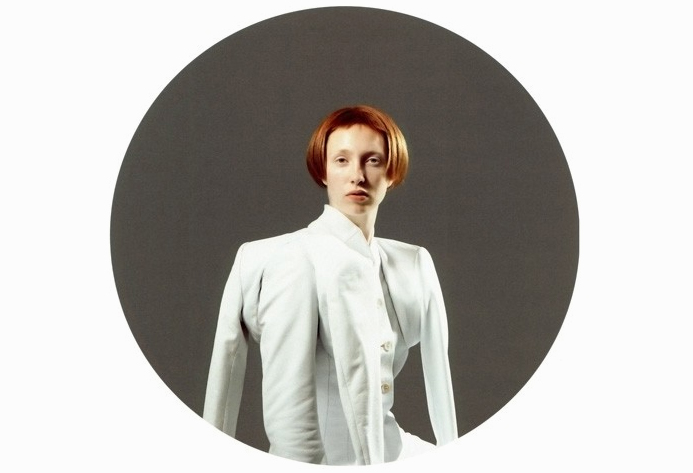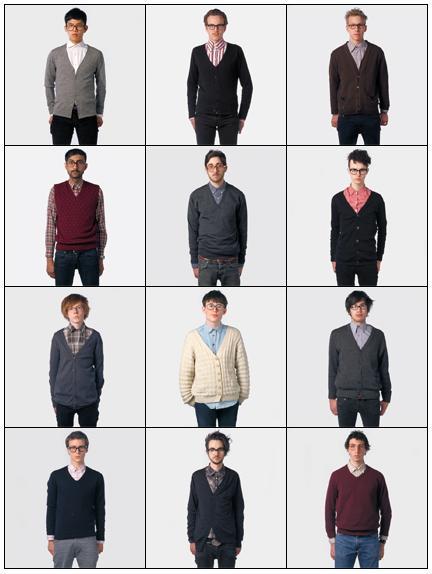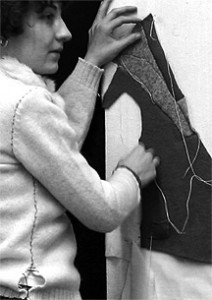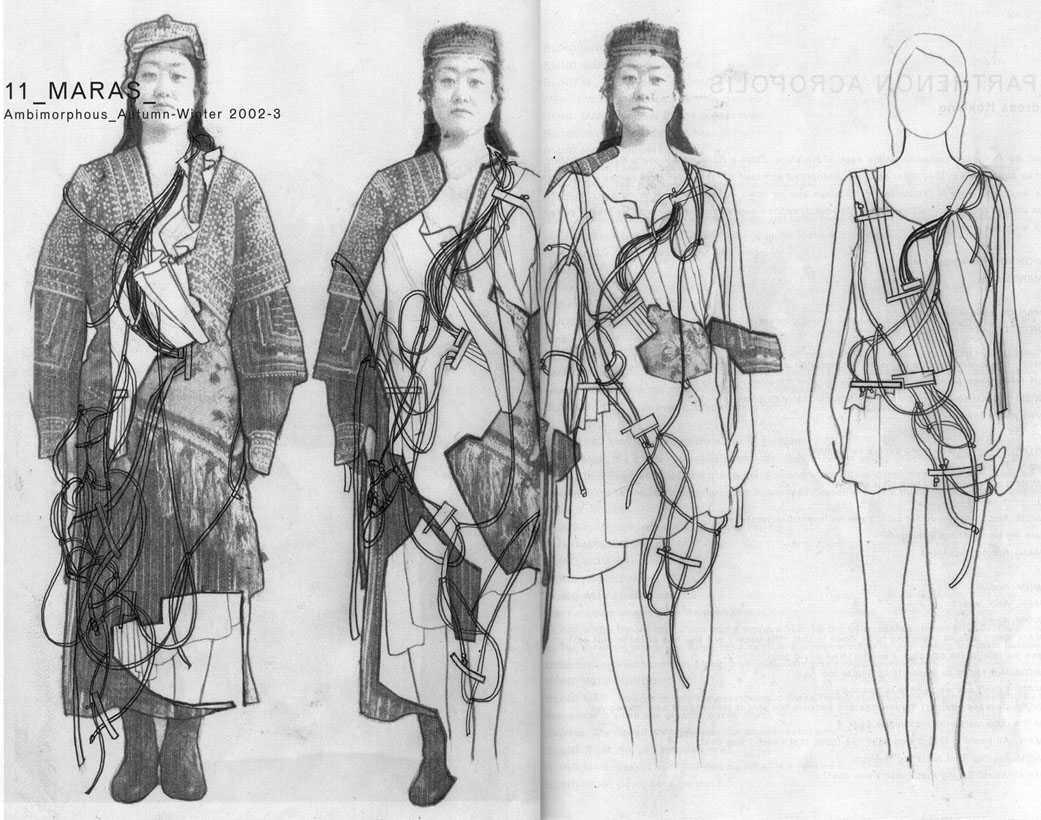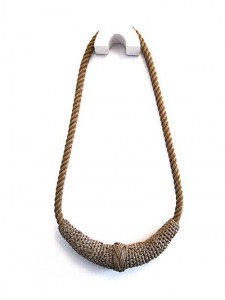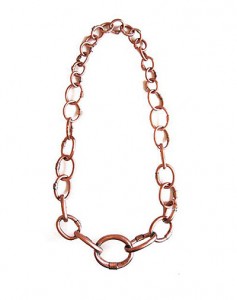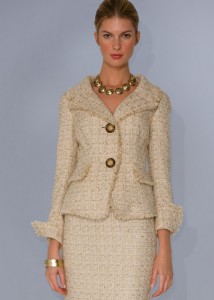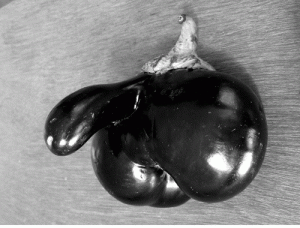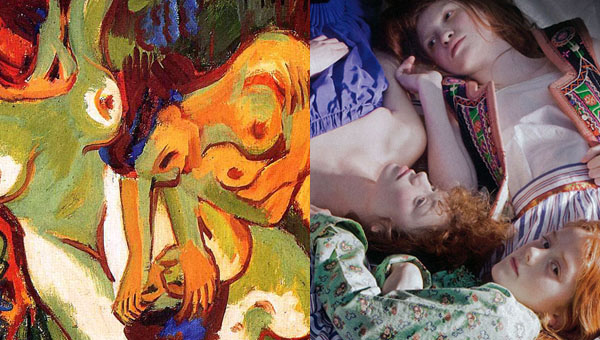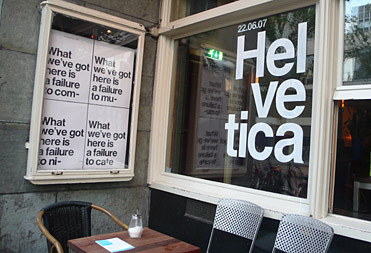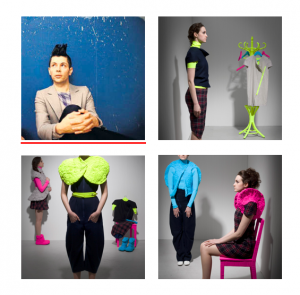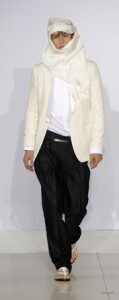
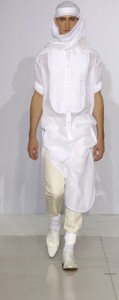
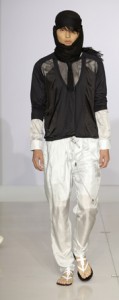
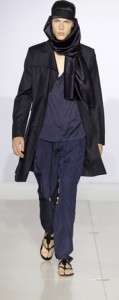
Hoe kunnen de nederlandse en de moslim (arabische) bevolking dichter bij elkaar worden gebracht?
Van Benthum doet een flirt met de kleding uit arabie in zijn kleding productie RADIANT.
Ik heb gelezen dat hij zich alleen op het uiterlijk van de kleding focust maar gaat verder niet in op de diepere betekenis die hij creëert met deze connectie die hij maakt.
Door blanke jongens te laten lopen in zijn kleding geïnspireerd op Arabische klederdracht.
Deze combinatie van een Europese jongen in Arabische klederdracht doet je dan ook aan het denken zeker omdat het westen en de moslim landen steeds minder goed met elkaar overweg kunnen.
Van Benthum zijn kleding word niet gedragen op straat en deze blijft op de catwalk zelf waardoor deze kleding een mooi stuk kleding blijft maar niet gaat werken op de manier als deze ook daadwerkelijk op straat zou worden gedragen.
Op straat zou deze kleding gaan werken op een andere manier een manier waarop je mensen aan het denken zet en zich laat afragen wat doe die blanke jongen in Arabische kleding en de moslimse bevolking zou misschien een minder grote afstand voelen.
Dit zou deze twee culturen via kleding dichter bij elkaar kunnen brengen
Familie uitwisseling project.
zo zou je een Nederlandse familie uit een oer-Hollands dorp een week van kleding en huis kunnen laten ruilen met een traditionele Marokkaanse familie in Amsterdam.
deze twee families zullen voor een week van leven ruilen en zo meer begrip voor elkaar kunnen krijgen en zouden zij voor elkaar niet meer onbekenden zijn.
de Nederlandse familie zou bijvoorbeeld zo over straat lopen boodschappen doen een keer de moskee bezoeken Marokkaans eten klaarmaken en de vader moeder en kinderen zouden allemaal hun rol vervullen zoals de eigenlijke familie zou doen.
dit zelfde geld voor de Marokkaanse familie die voor een week zullen leven als deze oer Hollandse familie.
Volgens mij zal dit deze twee verschillende culturen dichter bij elkaar brengen zij zullen elkaar beter leren kennen leren begrijpen en de vervreemding van elkaar tegengaan.

